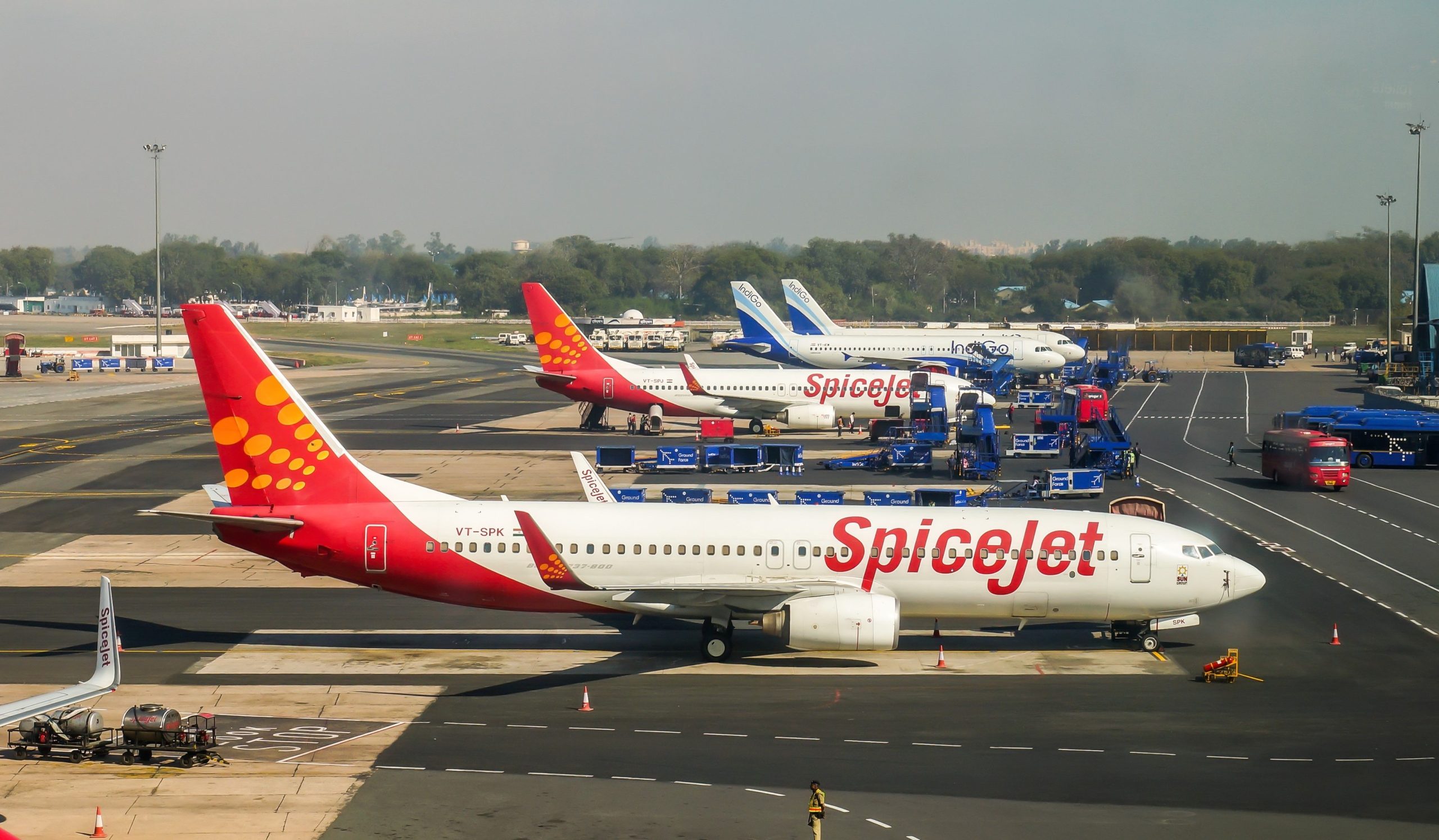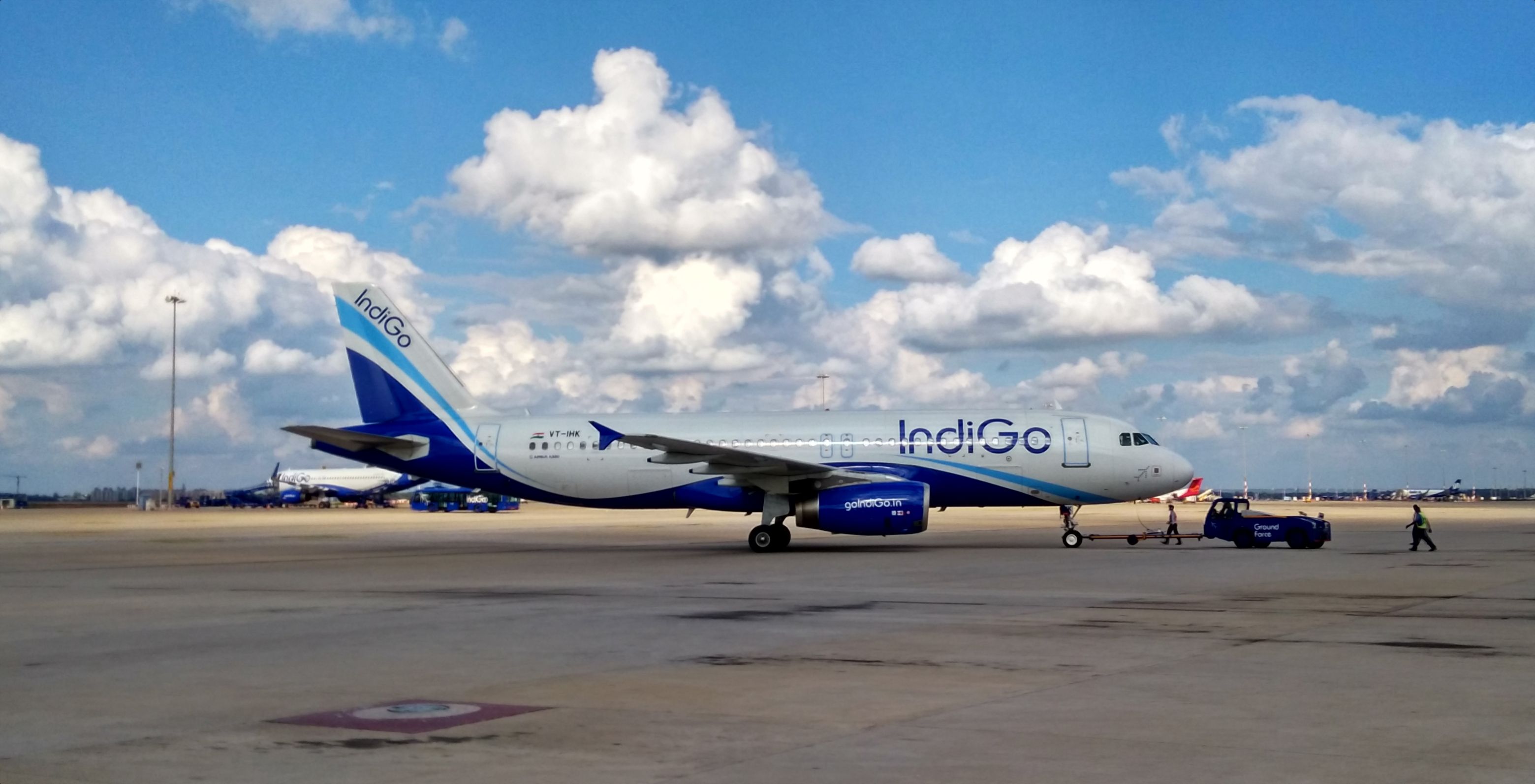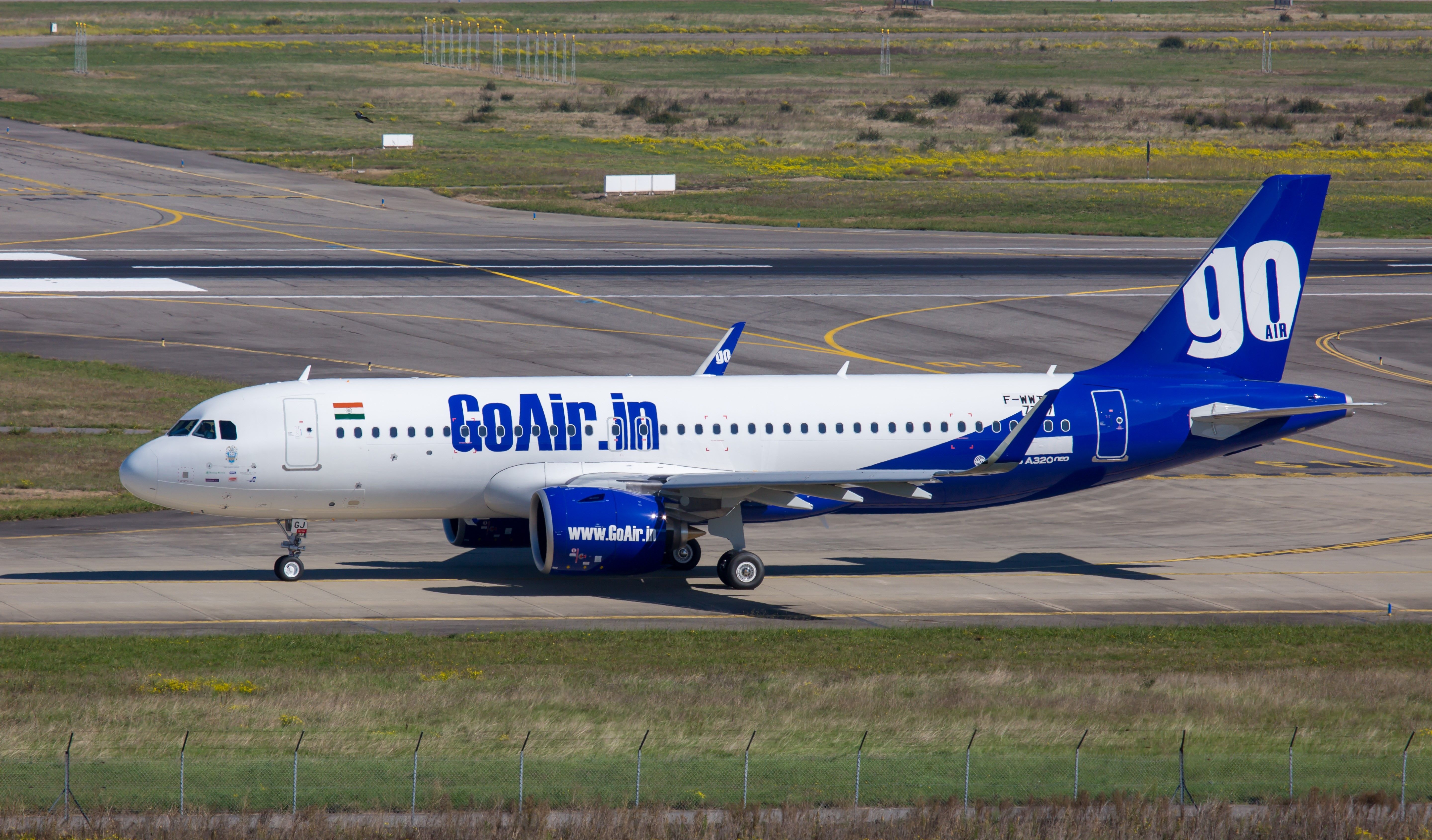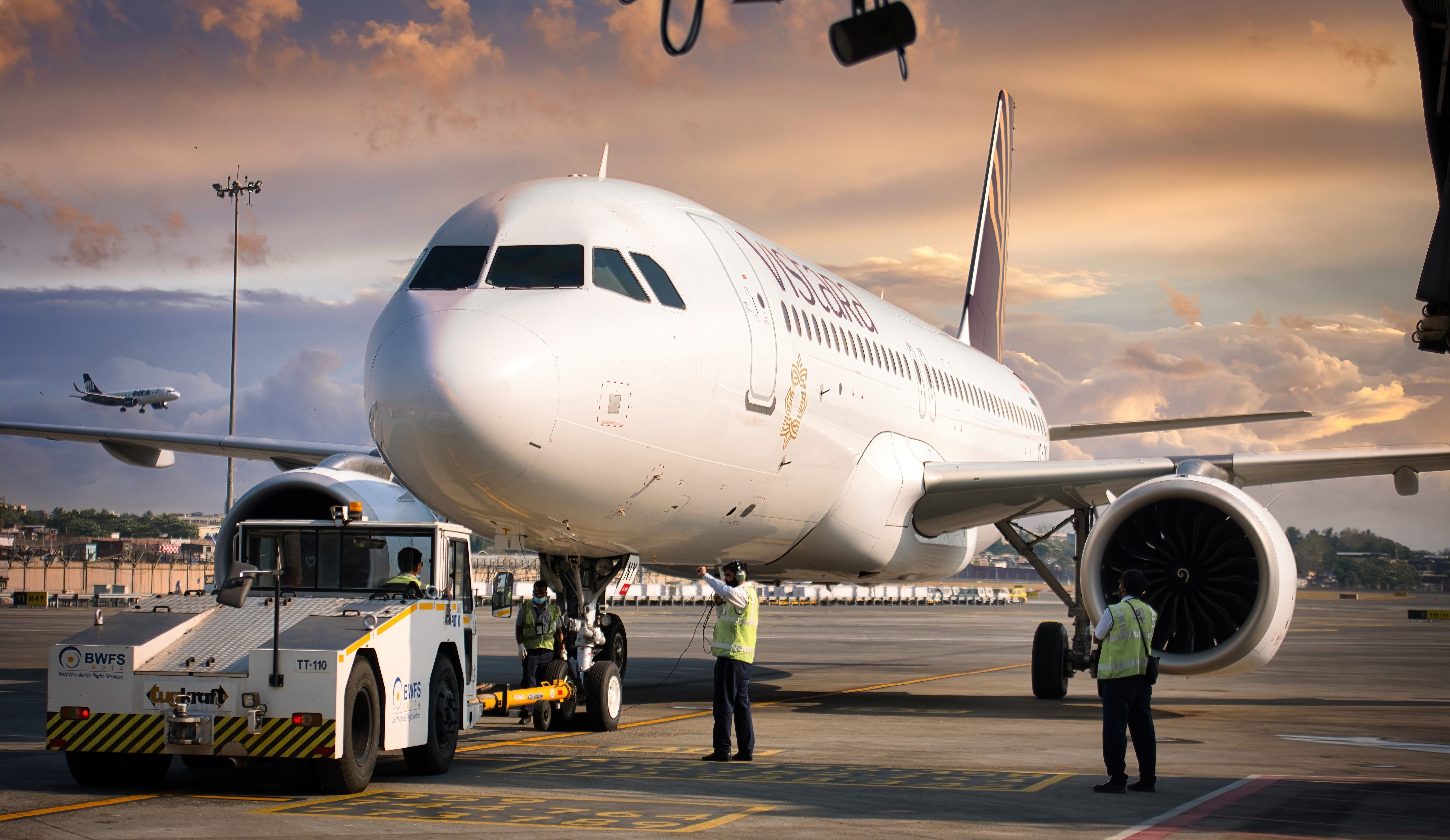Towards the end of every year in India, a pattern repeats itself. With major festivals falling in the months of September, October, and November, followed by the tourist season in the winter months, airfares rise significantly.
This is when most Indians reunite with family and friends, plan vacations, and don’t generally mind loosening the purse strings as tickets become more expensive. But they might have to dig deeper into their pockets to travel this year as rising fuel costs are forcing airlines to add additional charges. IndiGo has already started the trend, and other carriers will likely follow.
Fuel costs driving airfares up
With aviation fuel prices continuing their upward trajectory in the last few months, Indian airlines are finding it increasingly challenging to manage airfares. The country’s largest airline, IndiGo, recently announced a fuel charge, shooting up its ticket prices.
Photo: Ajay k barik Photography | Shutterstock
The charge came into effect on October 6th and applies to IndiGo’s domestic and international flights. The airline reasoned that this was done to address a surge in the cost of fuel, which accounts for a substantial portion of an airline’s operating expenses.
IndiGo will likely not be the only Indian carrier to increase its airfares as there are already reports circulating of other Indian airlines contemplating a similar move. But what does this mean for passengers looking to travel in the busy months ahead?
Tricky situation
While traveling in the last few months of the year is already heavy on the pocket, various other factors have emerged to make this year particularly tricky. Not only is the rising fuel price a concern but a weakening Rupee has also added to the airlines’ woes. The Times of India quotes an airline official as saying,
“The rupee weakening against the dollar by every Re 1 means an enhanced expense of Rs 75–80 crore (around $9.5 million) for a mid-size airline and Rs 150–200 crore ($18-24 million) for a large airline in India. About 65-70% of our costs are dollar-denominated like aircraft lease/maintenance, foreign stations and GDS.”
Photo: Skycolors | Shutterstock
The grounding of Go First has further reduced overall capacity in the domestic sector. SpiceJet, too, has more than 25 planes inactive, per ch-aviation, while IndiGo (which also has several of its planes grounded due to engine supply issues) is trying its best to manage the situation in the short term by wet leasing airplanes.
Prepare to pay more!
So, how expensive can it be to travel during the festive season in India? While major routes such as Delhi-Mumbai and Delhi-Bengaluru can still be purchased under ₹15,000 ($180) for a return trip during the Diwali week in November, other sectors, such as Pune-Delhi are already seeing a sharp increase in airfares.
Photo: WeChitra | Shutterstock
In August, one could book a return Pune-Delhi ticket for as low as ₹7,000 ($84). But around Diwali, a major festival in India, the same route now costs almost three times at ₹20,000 ($240). And this is for early morning and late-night flights. Those looking to fly at more convenient afternoon or evening slots should be prepared to shell out anywhere between ₹24,000 to 28,000 ($288-336).
With prices expected to increase with every passing week until Diwali, it’s better to start booking early to avoid a significant dent in the wallet.
Are you planning to travel during the festive season in India? Have you booked tickets already, or still contemplating? Let us know in the comment section below.
With inputs from The Times of India




